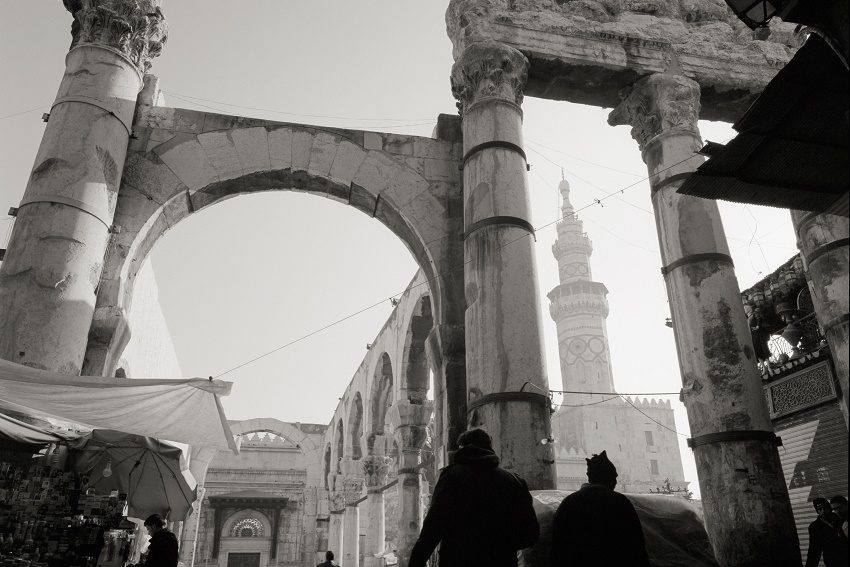Adelaide exhibition guide: January 2019

Adelaide Review arts writer John Neylon surveys South Australia’s exhibitions landscape for the the month of January.

Andrew Smith: Colour, Surface, Light
Tristan Louth-Robins: Compression
Sauerbier House, Port Noarlunga
Until 25 January 2019
Landscape abstractionist Andrew Smith (Wales) and sound artist (Tristan Louth-Robins (South Australia) collaborate in a Culture Exchange project which embodies responses to time spent in and around the Willunga Basin, the Ngangkiparri River and Lot 50 Kanyanyapilla, an ecological and cultural regeneration project created by artist and cultural geographer Gavin Malone. For Smith in particular this process has involved subjecting his established practice to challenges imposed by a different climate, different light, unfamiliar topographies and cultural contexts. The immersive nature of his studio practice determined various routines including ‘walking country’ and building a visual identikit of different aspects of the Onkaparinga River National Park through sketching and larger charcoal studies of trees and rocks. As he began the process of synthesising visual components he modified acrylic medium techniques to capture the essence of what he was seeing and experiencing.
The finished canvases are less ‘looked-at’ places and more a graph of movement, memory and observation. “When I started the residency and again when I began the paint studies,” Smith says,” there is a trepidation; it is the unknown. This element of ‘what on earth am I doing’ has to be there otherwise you are not really painting anything worth while at all.”
Collaboration with Louth-Robins has sensitized Smith to the nuances of complementary elements including stillness, silence, resonance and echoes. Louth-Robins has applied his understanding of ‘compression’ (the technical process of weakening louder and amplifying quieter sounds) to a consideration of the fragile nature of the Post Noarlunga ecology.

JamFactory ICON: Clare Belfrage: A Measure of Time
SYRIA LOST: Sandra Elms and Tony Kearney
Murray Bridge Regional Gallery
Until February 3 2019
If you missed last year’s Clare Belfrage exhibition at JamFactory then here’s an opportunity to make amends. Just down the highway and you can even top off the journey with a visit to the Bunyip’s lair down by the river. Belfrage’s distinctive glass vessels pulsate with life. The complex play of translucency and opacity, combined with mesmerizing interlacing of fine lines creates a viewing experience akin to seduction. One moment, massive weather beaten boulders, and another, the layered trunks of peeling gums, all conveniently scaled down for our delectation, these forms are the result of a lifetime’s apprenticeship in the art of looking at nature and finding ways to allow glass to voice a response.
Make amends also, if you missed a previous exhibition, by getting to see Sandra Elms and Tony Kearney’s compelling Lost Syria. These Adelaide photographers journeyed through Syria, just before the revolution which began in 2011. Since then, the world which they observed has been swept away. It is estimated that the death toll of the war exceeds 150,000. Within Syria some 6 million people are displaced and nearly 2.8 million people have fled Syria since the conflict began. Elms and Kearney’s travels took them to archaeological sites and the ancient cities of Damascus and Aleppo with their bustling souqs, spice markets, and silks, textiles and antiquities outlets flowing out of shop fronts into the laneways. Haunting archaeological ruins and spectres of lives and cultures on the brink of destruction are wrapped in a common web of fate.

Insert: Janine Gay, Sue Michael, Gilbert Roe
Mrs Harris’ Shop, Torrensville
17 January – 10 February
Featuring recent work by three Adelaide-based artists. All have responded to the idea of landscape and place in an introspective manner as if avoiding any idea that their imagery might be about ‘looking at’ something. The clue to intention lies in the way each artist has manipulated materials to suggest through collaging, creasing, peeling and rupturing that looking is a two-way process in which places travelled through and experienced project onto the artist as much as the artist is keen to repay in kind. Exhibition notes provide frameworks for looking and thinking. ‘The perceived patterns and grids of the natural environment’ in Janette Gay’s paper collages ‘have inspired altered vistas that are now made permanent.’ “What constitutes my world, my universe?”, Gilbert Roe asks. “What does it look like? The examined and mapped, the evident and latent, are manifested through my imagery.” In Roe’s work experimentation with lumen prints carry their new marks to become a sort of speculative, personal universe. Sue Michael has fused old book images of Australian landscape with Northern Hemisphere scenes as a means of injecting something akin to ‘earth energy’ into ‘civilised’ Europe. The spectacle of Blue Mountains outcrops grafted onto European lakeside pinnacles highlights the problematic nature of this quest.